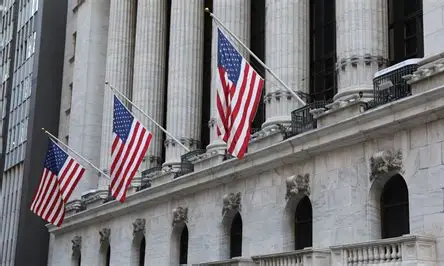The Federal Reserve lowered its benchmark lending rate by 0.25 percentage points, setting the target range at 4.0% to 4.25%. This is the lowest level since late 2022 and the first cut since December.The move signals the start of a broader cycle of rate reductions. Policymakers expect lower borrowing costs to support an economy showing early signs of strain.
The decision was backed by 11 of 12 voting members. Stephen Miran, temporarily on leave from his role in Trump’s economic team, pushed for a steeper 0.5 percentage point cut.
Forecasts suggest rates could fall another 0.5 percentage points by year-end, though views differ. Seven members see no further cuts, while one favors pushing rates below 3.0%.
Inflation has eased from its 2022 peaks but remains above the Fed’s 2.0% target. Consumer prices rose 2.9% in the year to August, the fastest pace since January.
Even so, weak job data has shifted the Fed’s priorities. The U.S. recorded meagre gains in July and August, and a decline in June – the first since 2020. The unemployment rate stands at 4.3%.
President Trump has repeatedly attacked Powell for keeping rates too high. Ahead of the meeting, he posted on social media: “Too late. Must cut interest rates, now, and bigger than he had in mind. Housing will soar!”
Markets are bracing for further cuts if labour market weakness deepens. For now, Powell is balancing risks on both sides: inflation remains above target, but the economy is losing momentum.
















